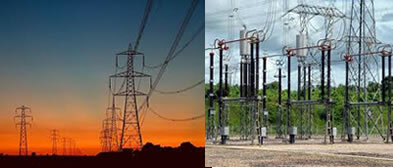Surely you've heard about the riparian forests, Is not it? They must not be destroyed and are very important for rivers. Shall we know more about it?
→ Definition of riparian forests
Riparian forests are plant formations located around water courses, such as on the banks of rivers, dams and lakes. They got their name because they are very important for the protection of rivers and lakes, just as our eyelashes protect our eyes.
→ Importance of riparian forests
At riparian forests have several functions, the main one being to protect the aquatic environment of the erosion from soil. They prevent the soil on the banks from falling into the water and causing the siltation. In addition to preventing siltation, the riparian forest prevents runoff from carrying toxic products and other pollutants into the water. Thus, the forest helps to keep that ecosystem healthy and in balance.
The riparian forest also serves as a shelter for several species of animals, in addition, of course, to providing food. This vegetation also works as a corridor, allowing species to go from one place to another in search of better living conditions or for mating.
→ Threats to riparian forests
Riparian forests are destroyed by man for various reasons. Some people, for example, build houses in these regions, even with the dangers of collapsing. In addition, farmers and ranchers destroy these forests to increase the area of pasture or crops or, even, to give way for the cattle to get water more easily.
→ Legislation
Riparian forests, due to their great importance, are protected by law. Anyone who destroys this vegetation can be fined and even arrested. It is also worth noting that the forest must be preserved even on private properties and, if the logging, in addition to the aforementioned penalties, the owner must recover the area.
By Ma. Vanessa dos Santos



